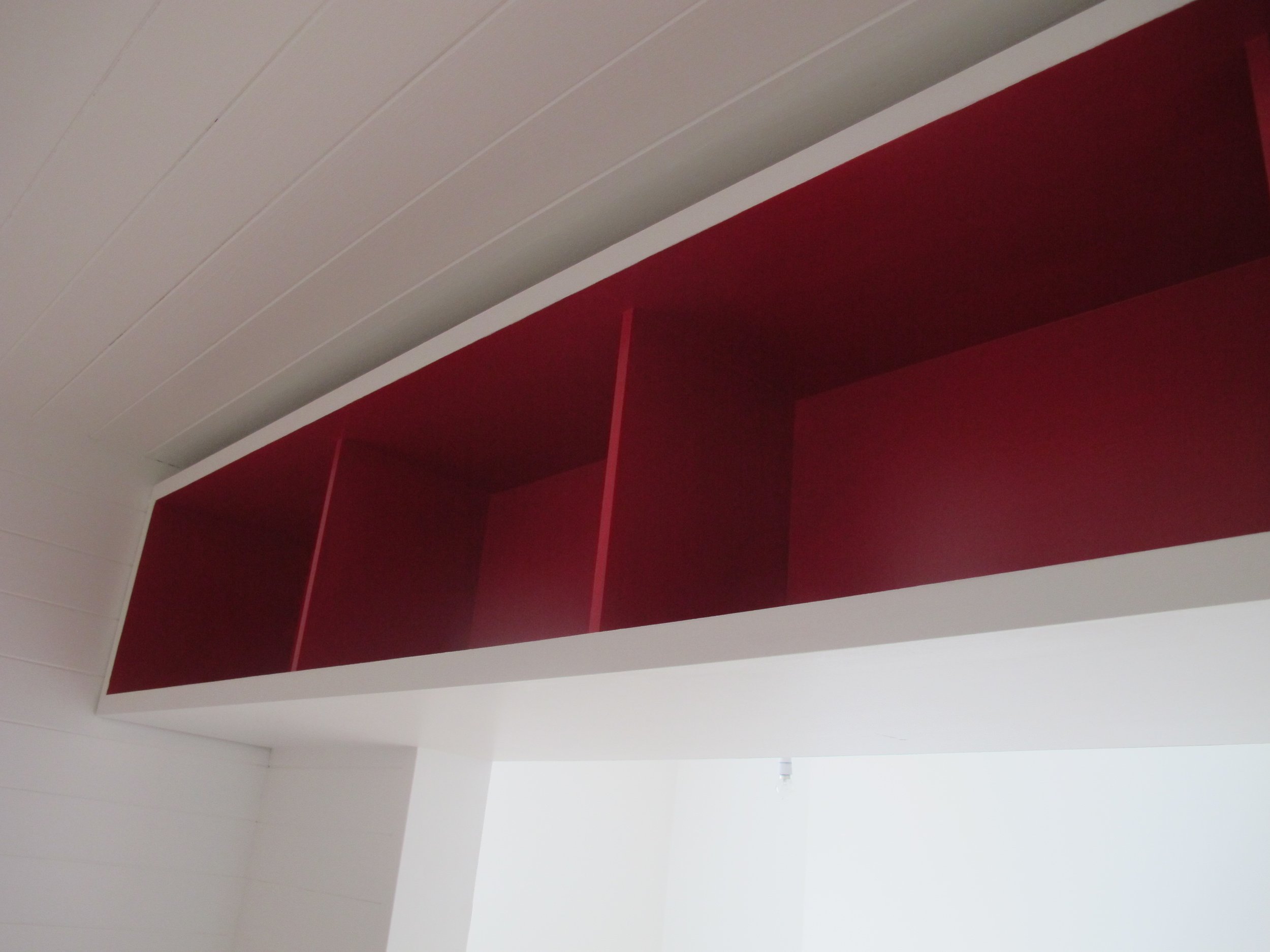
all photos © The Modern House
SEKFORDE STREET
Clerkenwell | London
Alterations and refurbishments of an early Victorian Grade II Listed terrace house in an area of London once home to skilled craftspeople in trades linked to printing and bookmaking, as well as jewellery, clocks, and watch making.
As seen in The Modern House
-
At the outset of our work—particularly with listed properties such as this one—we like to explore the building’s history and its wider context. This research not only informs our approach but often plays a defining role in shaping the character of the design - always in collaboration with our clients.
Sekforde Street, like much of the area in its time, was a vibrant mix of residential, commercial, and industrial activity. The street was carved into the medieval urban fabric by the Seckford Estate in the late 1820s, though construction of the houses did not begin until the 1830s and was completed in the early 1840s, just at the dawn of the Victorian period. The area was home to skilled craftspeople, many of whom worked in trades linked to printing and bookmaking, as well as those specializing in precious metals—particularly jewellery, clocks, and watches. Records show that the first owner of this house was a watch jeweller named William Wood.
When we arrived, we were disappointed to find that most of the building’s historic details had been lost. Apart from the front façade and the layout—including its generous courtyard—few traces of its past remained. From the outset, we sought to reintroduce historical features while layering in contemporary elements to create a dialogue between old and new. This approach also included the more recent renovations of the previous owner.
Reclaimed materials played a key role in this restoration. The rear extension and courtyard flooring were laid with reclaimed materials, and fireplaces were carefully sourced to bring warmth and authenticity back to the main dwelling. Alongside these, thoughtfully selected furniture pieces further enriched the home’s character. The kitchen, too, was redesigned to reflect the same sensibility—bridging history with modernity.
As a nod to the area’s heritage in bookmaking, a hidden guest toilet door was crafted from real books (modern edition of Shakespeare), with their bindings facing outward and pages turned inward—an unexpected and playful tribute to the street’s literary past.
© The Modern House
© The Modern House
© The Modern House
© The Modern House
© The Modern House
© The Modern House
© The Modern House
IN PROGRESS: DETAILS IN WOOD
An important part of the brief was to use an extensive amount of timber - ranging from pitch pine, cumeru, reclaimed pine and Douglas fir. There was an extensive number of details and applications throughout the house - from surfaces to trims, shelving, doors and stairs. This variety was essential to the crafting of a richness and layered character of the whole.


























